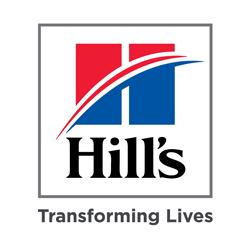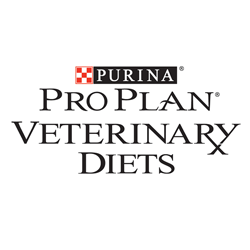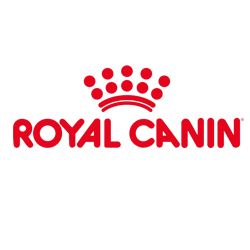Gathering a Comprehensive Nutrition History
The nutrition history is the foundation of a nutrition recommendation in which an intricate relationship exists between conducting a nutrition history and making a relevant nutrition recommendation. A comprehensive nutrition history requires exploring all animal-, diet-, environment-, and human-related factors associated with a dog’s or cat’s nutrition.
Table 9
Examples of Open-Ended and Close-Ended Inquiry
Download PDF
Animal Factors >
Open-ended inquiry
- “Walk me through how (he/she) has been doing since our last visit, including any changes or concerns you have.”
- “Describe for me a typical day for (him/her) including all (his/her) activities.”
- “What other activities or exercise does (he/she) get during a week?”
Closed-ended inquiry
- “Has (he/she) experienced any: • vomiting? • diarrhea? • flatulence? • constipation?”
Diet Factors >
Open-ended inquiry
- “Tell me everything (he/she) eats throughout a day, starting from first thing in the morning right through to the end of the day.”72
- “Describe for me any extra foods (he/she) receives in addition to (his/her) kibble.”
- “Tell me more about all supplements or medications (he/she) receives.”
- “What about other snacks, treats, table food, or food rewards?”
Closed-ended inquiry
“How much are you feeding (him/her)?” • “How often are you feeding (him/her)?”
Environment Factors >
Open-ended inquiry
- “Describe for me all of the people involved in feeding (him/her) including snacks, treats, or table food.”
- “Tell me about the challenges at home to limiting the number of calories (he/she) consumes in a day.”
Closed-ended inquiry
- “Where does (he/she) spend most of their time?”
Human Factors >
Open-ended inquiry
- “Tell me your thoughts on (his/her) current diet.”
- “What are your thoughts on altering (his/her) diet at this time?”
- “What things do you look for when choosing a food for (him/her)?”
- “How will changing (his/her) diet and cutting back on the little extras impact (his/her) relationship with the people in your household?”
To gather a comprehensive nutrition history, whether using a diet-history form or during an in-person interaction, veterinary professionals should begin with open-ended questions or statements that allow clients to share information unhindered by the practice’s own goals or agenda. For example, phrases starting with “Tell me . . .”, “Describe . . .”, or “Walk me through . . .” allow clients to share information that the veterinary professional may not have otherwise considered. Using open-ended inquiry during the initial screening evaluation increases efficiency while also allowing for greater detection of nutritional risk factors that can signal the need for an extended nutrition evaluation. Veterinary personnel should move from these broad exploratory lines of open-ended inquiry to more focused lines of open-ended inquiry before using closed-ended inquiry to gather specific details, that is, questions often answered with one-word responses (Table 9).
When gathering information on diet-related factors, research suggests that veterinary personnel should be cautious about starting with simple what-prefaced questions (e.g., “What kind of food is your pet on?”).72, 73 Although a what-prefaced question is commonly used by practice team members, when analyzing clients’ responses, the question has been found to obtain limited diet information and to encourage defensive responses from clients.72 In addition, treats that a dog or cat may consume have been identified as a specific component of the diet-related history that clients are less likely to disclose,72,73 warranting more focused questioning or use of different wording (e.g., snacks, rewards, extra foods) to avoid the threat directly associated with the word “treat.”






